European brown rot blossom blight outbreak on Montmorency tart cherries
European brown rot blossom blight and shoot collapse symptoms have been observed in northwest Michigan orchards. Photos of symptoms and an analysis of conditions leading up to this infection are provided.
We have observed brown rot blossom blight symptoms in Montmorency tart cherry blocks in several areas of northwest Michigan. Symptoms can be extremely severe in some cases with more than 80 percent crop loss observed in affected blocks. In other cases, pockets of trees were observed in orchards with up to 100 percent spurs blighted on affected trees. Blighted shoot samples from six orchards (25 to 40 samples per orchard) were collected on June 5, 2013, and examined in the Sundin tree fruit pathology laboratory at Michigan State University. Fungal pathogen isolates were obtained in pure culture from the samples and identified using genetic testing. The pathogen identified from these samples was Monilinia laxa, causal agent of European brown rot.
The main symptom of European brown rot is blossom blight (dead flowers), which is often accompanied by collapse and death of affected shoots (Photo 1). European brown rot is a cool weather disease, and European brown rot occurrence is most commonly associated with wet weather and temperatures in the 40s and 50s prior to and during tart cherry bloom. Prior to 2013, we observed European brown rot predominantly on Balaton tart cherries in Michigan with occasional occurrence at low levels on Montmorency.
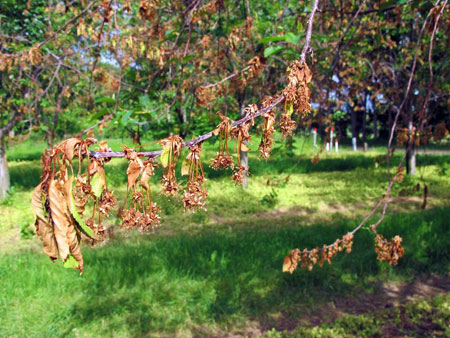
Photo 1. Predominant symptoms of European brown rot of
blossom blight and shoot wilt on Balaton tart cherry.
Some of the initial disease symptoms observed on Montmorency in 2013 only included blossom blight (Photo 2), and shoots seemed unaffected as leaves appeared healthy (Photo 3). Isolates recovered from these early blossom blight samples were identified as Monilinia laxa. Upon return to affected orchards 12 days later, we observed extensive shoot collapse, although collapse was not observed in all infected shoots (Photos 4-5).
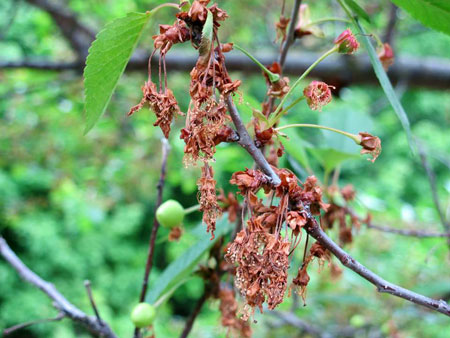
Photo 2. Initial symptoms of European brown rot blossom blight
on Montmorency tart cherry observed in northwest Michigan on
June 5, 2013.
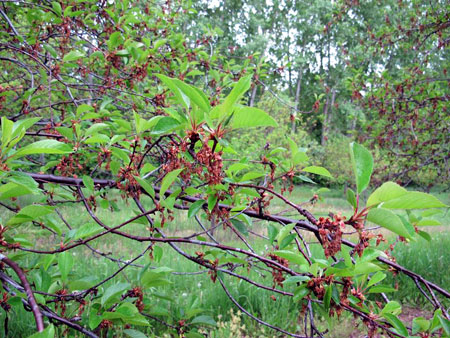
Photo 3. Initial symptoms of European brown rot blossom blight
on Montmorency tart cherry observed in northwest Michigan on
June 5, 2013. Notice blighted flower clusters with leaves
apparently unaffected.
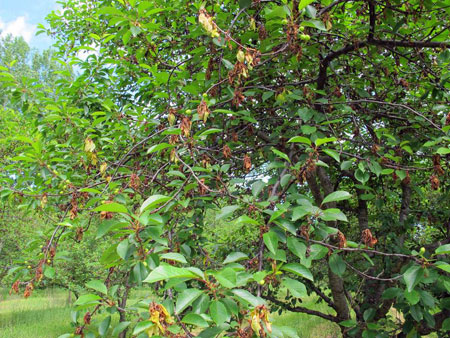
Photo 4. Shoot collapse symptom of European brown rot
observed on June 17, 2013, in Montmorency tart cherry.
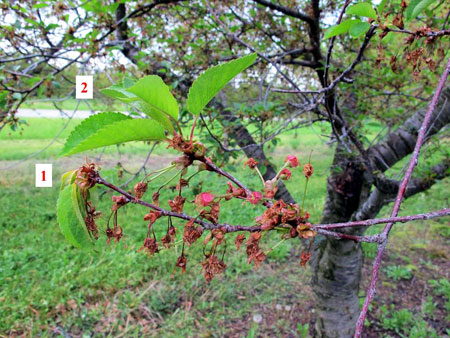
Photo 5. Developing European brown rot symptoms observed on
June 17, 2013, in Montmorency tart cherry. Note blossom blight
symptoms on both shoots 1 and 2, while only the lower shoot 1
is beginning to show the wilt symptom.
We know that Montmorency tart cherries are less susceptible to European brown rot than Balaton, and it was unusual to see such extensive symptoms on Montmorency this year. However, environmental conditions in northwest Michigan were conducive to European brown rot infection. A long, 17-hour wetting period (0.61 inches of rain measured on May 10 at the Northwest Michigan Horticultural Research Center) occurred at the first open Montmorency flowers.
In addition, the average relative humidities stayed above 86 percent for a 48-hour period. Measurable rainfall occurred on four consecutive days (May 9-12) with temperatures in the 30s and 40s. There was also a possibility that frost injury contributed to European brown rot infection, as low temperatures of 32, 32.3 and 31.7 were observed at the NWMHRC from May 10-12. At one orchard site, we only observed European brown rot symptoms on trees located in a low area within the orchard.
A common denominator associated with European brown rot-infected trees in 2013 is that the trees were located in areas of orchards that were adjacent to woods or windrows with poor air flow (Photo 6). These trees would be very slow to dry following wetting events. We observed several orchard blocks in which blocks with poor air flow with extensive European brown rot infection were located adjacent to open blocks with good air flow that showed very limited or no European brown rot infection. This illustrates the fickle nature of European brown rot on Montmorency and the heavy dependence of this disease on favorable environmental conditions.
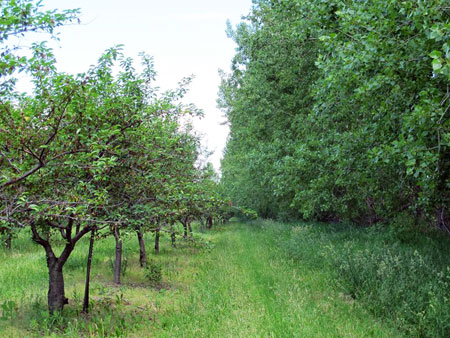
Photo 6. Location of European brown rot-infected Montmorency
trees adjacent to a windrow. Windrows or adjacent woods would
reduce air circulation in orchards, lengthening drying time of
trees following wetting events and ultimately aiding European
brown rot infection.
Many affected orchards were also in locations near Lake Michigan where cool, wet weather is more common and often associated with fog; we think the proximity of these orchards near the water may have exacerbated the European brown rot infection.
A second, common observation made was that affected trees were not sprayed with a fungicide targeting European brown rot until May 18 or later, which was at least six days after the May 9-12 period when infection presumably occurred. Thus, the flowers on these trees were not protected during the European brown rot infection event.
Where did the European brown rot inoculum come from? The European brown rot fungus Monilinia laxa overwinters in infected spurs and sporulates from these overwintering sites the following season before and during bloom. We found many infected spurs from the previous season in Montmorency trees showing European brown rot symptoms (Photo 7). Some growers may not have known they had European brown rot last year as bacterial canker was so widespread, and the European brown rot symptoms may have been mistaken for canker.
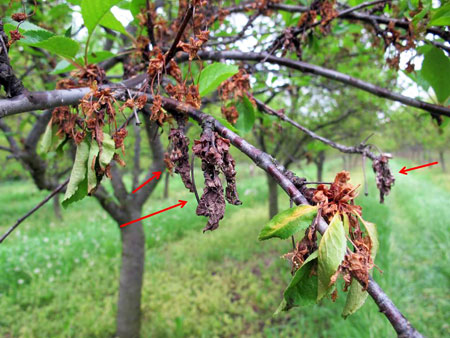
Photo 7. European brown rot symptoms on Montmorency tart
cherry in 2013. Arrows point to infected spurs from the previous
season that serve as overwintering sites of the pathogen and
sites of sporulation in the current season.
In summary, the outbreak of blossom blight occurring on Montmorency tart cherries in northwest Michigan in 2013 was a result of European brown rot infection. Please see the accompanying Michigan State University Extension article, “Fungicide protection for ripening tart cherries with European brown rot blossom blight symptoms,” for information on fungicide use strategies for fruit protection.
Dr. Sundin's work is funded in part by MSU's AgBioResearch.



 Print
Print Email
Email

